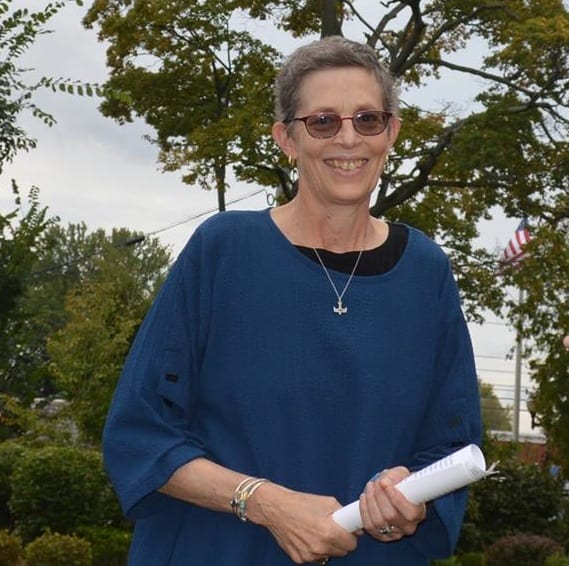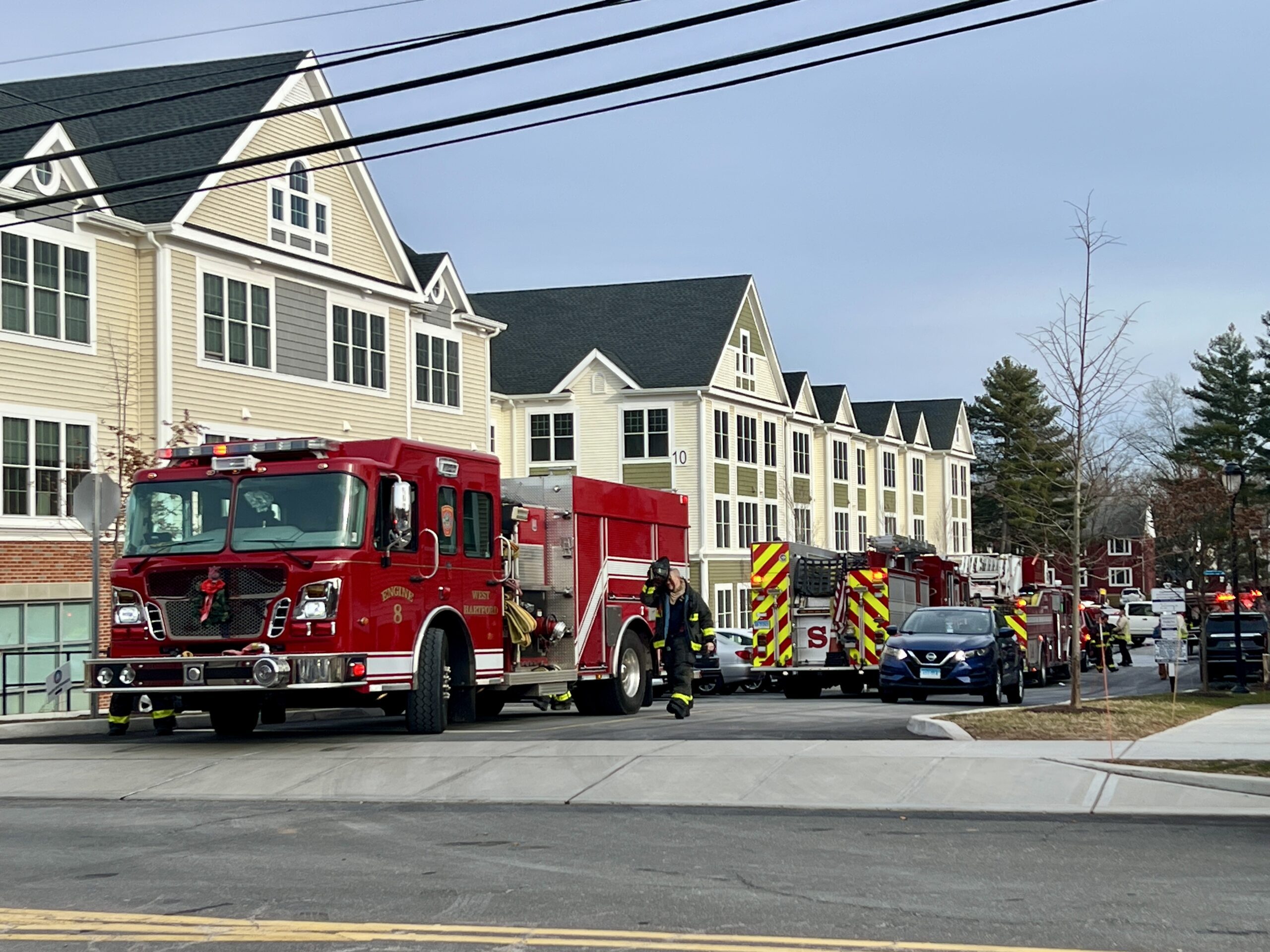‘Life in West Hartford!’ Book Launch to be Held at Historical Estate

Audio By Carbonatix

A launch for Dr. Tracey Wilson's new book, 'Life in West Hartford!' will be held on Dec. 2. Courtesy image
Dr. Tracey Wilson will speak about her new book ‘Life in West Hartford!’ at the Charles E. Beach estate in West Hartford.

Tracey Wilson has combined all of her articles from West Hartford LIFE into a book. (we-ha.com file photo)
By Ronni Newton
The story of West Hartford as told through the essays of town historian and retired Conard High School history teacher Dr. Tracey Wilson have come to life through her new book, Life in West Hartford!, and the public is invited to a speaking event and book signing sponsored by the Noah Webster House & West Hartford Historical Society on Dec. 2.
The setting for the book launch is perfect. It will be held the Charles E. Beach House – a shingle-style built in 1900 that sits atop Vine Hill and offers sweeping views of West Hartford and the surrounding area. The historic estate operated as the Vine Hill Dairy Farm, and a portion of the original property is now home to Beachland Park.
Wilson’s essays were written over the past 15 years, and originally published as features in the monthly publication West Hartford LIFE. The 140 essays form individual chapters that woven together chronicle the development of West Hartford from settlement through present day.
Some of the questions Wilson raises and answers in her essays include: How does the identity of a community grow? Who are the people whose voices have not been heard? And how did the powerful use their voices? Who spoke and worked for equality, democracy, and justice – all ideals delineated in our Declaration of Independence?
According to Wilson, the study of local history provides an excellent window into how life in a democracy works. In her writing, Wilson often gives a voice to those who might otherwise not be heard.
“What a good historian does is they take story may be compelling, but they put it in the context of the time,” Wilson said in a recent interview published in West Hartford LIFE and We-Ha.com. “There are some people who look at local history, and they sort of look down on it and say they’re antiquarians. So they’re just telling the story but they’re not connecting it to the larger story. They’re not contextualizing it. … I could place the story in the bigger story. On practical level, it builds community spirit.”
Wilson, who has bachelor’s and master’s degrees from Trinity College and Ph.D. in history from Brown University, taught history in the West Hartford Public Schools for over 35 years, retiring in 2015. She was officially named town historian by the West Hartford Town Council in 2004. She lives in West Hartford with her wife, Beth Bye.
The Life in West Hartford book launch and signing will be held from 1-3 p.m. Wilson will speak at 1:30 p.m. and 2:30 p.m. Registration is not required.
Books will also be available for purchase at the event for $50. The limited-edition 288-page hardcover book was published in 2018 by Cricket Press in West Hartford. The book can also be purchased at the Noah Webster House gift shop (227 South Main St., West Hartford, open daily 1-4 p.m.) or online at www.noahwebsterhouse.org. The book will also be sold at Blaze and Bloom, 485 New Park Ave., West Hartford (www.blazeandbloom.com).
The nearly-8,500 square foot home at 18 Brightwood Lane is for sale for the first time in more than 30 years, and attendees will have a chance to view the restored home which is listed on the National Register of Historic Places. To learn more about the home, or to schedule a showing, contact Deb Ortega of William Raveis at [email protected] or 860-977-6004.
Wilson will also have a book talk at the Noah Webster Library, 20 South Main St., West Hartford, on Wednesday, Dec. 5 at 3 p.m. and 6:30 p.m. Visit the library’s website for more information.
Like what you see here? Click here to subscribe to We-Ha’s newsletter so you’ll always be in the know about what’s happening in West Hartford!




In 1938, my parents moved to a newly-built community of small homes called “Woodside Village” across from Rockledge Golf Course, in West Hartford. This became my hometown for 60 years. Down South Main Street, was a farm bordering New Britain Avenue and the Beech Estate. The estate was a marvelous collection of large, wealthy, private homes with its perimeters encasing a solid stone wall. During wartime, residents in the immediate area would take “watches” on the topmost hillside to look for enemy planes. My family looked on this as a way to serve our country. When the war was over, the pasture returned to normal, with little or no activity, outside of the cows and an occasional bull occupying its space. To children, cutting through this piece of farm land became a thrilling adventure. This time in my life captured some of my best childhood memories.